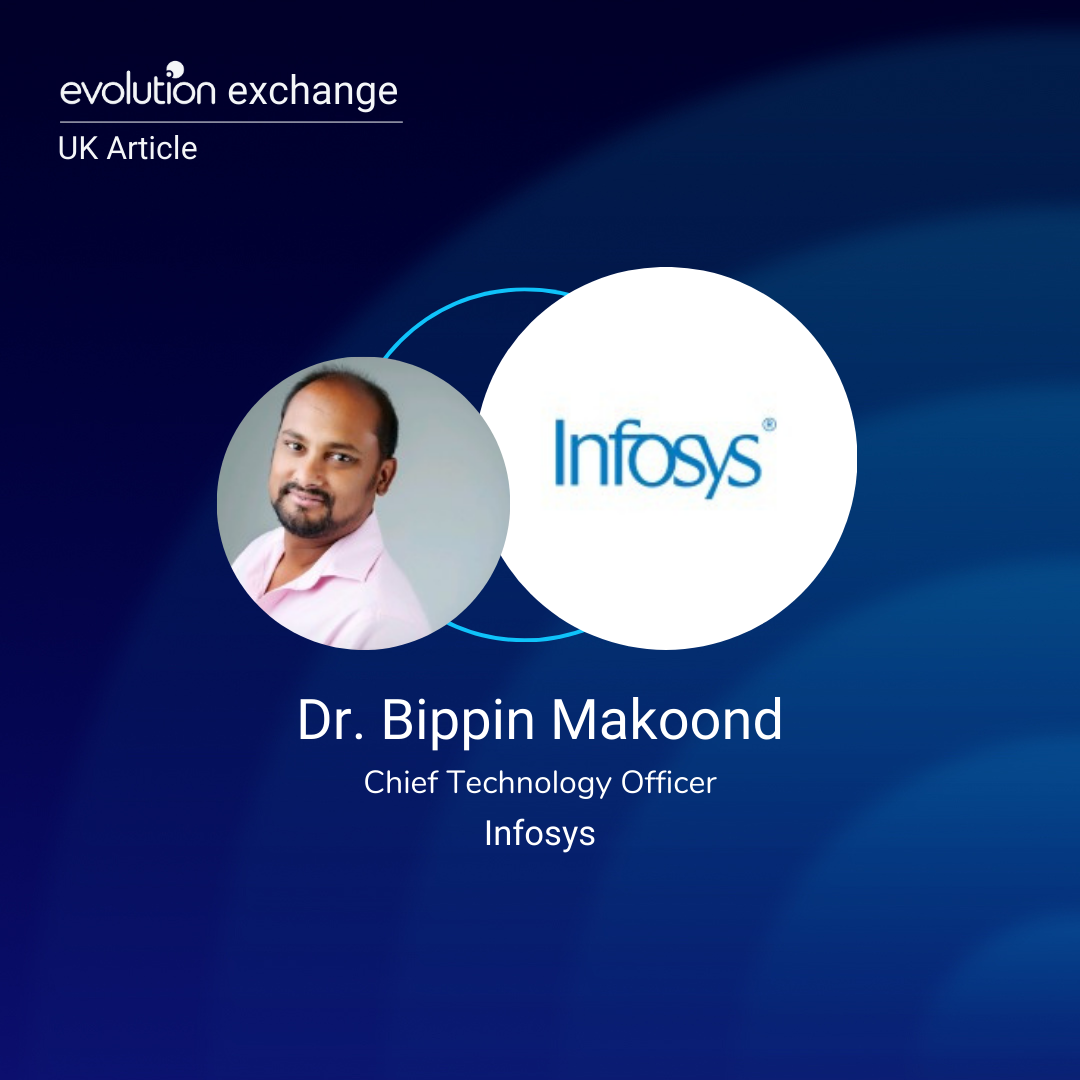In the realm of technology and innovation, few individuals possess the passion, expertise, and dedication to drive transformative change. Bippin Lall Makoond is one such individual, whose journey through the world of IT services, digital consultancy, and ground-breaking research has left an indelible mark on the industry. With a career spanning prestigious companies like Cognizant and Infosys, as well as affiliations with esteemed academic institutions, Bippin’s contributions have been instrumental in shaping the landscape of distributed systems, session types, and the fascinating realm of human creativity. In this interview, we delve into Bippin’s remarkable trajectory and gain insights into his experiences, inspirations, and profound understanding of growth and innovation.
A Passion Ignited
Bippin’s path towards a career in technology wasn’t always clear-cut. Originally aspiring to become an archaeologist, fueled by the adventures of Indiana Jones, he encountered a pivotal moment when he laid his hands on a personal computer in 1990. Fascinated by the ability to translate ideas into code and witness their manifestation on the screen, he became enamored with the power of technology. This newfound passion led him to pursue studies in computer science, ultimately culminating in a PhD from Kingston University.
A Journey of Growth
Bippin’s remarkable professional journey commenced at Systonomy, where he delved deep into the world of 6 Sigma consultancy for Software Engineering, collaborating with industry giants such as Siemens and SAP. His trajectory then led him to Cognizant, where he initially served as a solution architect and swiftly ascended to the prestigious position of Global Head of R&D, Innovation, and Strategic Deals. During his tenure, Cognizant experienced extraordinary growth, with revenue skyrocketing from $1 billion in 2008 to an astounding $18 billion in 2018.
Now, at Infosys, Bippin continues to drive differentiation, value-add, and innovation as a driving force behind the strategic large deal team. His proven expertise in securing and delivering strategic large deals, combined with his innate ability to navigate the fiercely competitive IT services landscape, has laid a solid foundation for his future endeavors.
A Fusion of Academia and Industry
Beyond his corporate engagements, Bippin’s passion for knowledge and collaboration spurred him to forge alliances between academia and industry. Together with esteemed professors from Oxford, Imperial, Kingston, and other institutions, he established a consortium aimed at advancing distributed systems and communication. Their research, centered around session types and modeling communication systems, sought to revolutionize the way computers interact in increasingly distributed environments. Bippin’s efforts to embed security and privacy within communication protocols have proven crucial as society embraces the Internet of Things and blockchain technology.
Unraveling the Secrets of Human Creativity
In 2016, Bippin embarked on a fascinating research journey that forever altered his perspective on human ingenuity. Collaborating with students, professors, and industry experts, he explored the neuroscience of creativity and investigated the factors that foster innovation. Analyzing the lives of 1,500 inventors and innovators throughout history, Bippin sought to uncover the origins of their creativity, ranging across disciplines such as science, technology, arts, and even culinary endeavors. The results were awe-inspiring, shedding light on the diversity of creative expression and the extraordinary accomplishments achieved across various domains.
This led to Linkology, a venture founded by Bippin. Its sole mission is to nurture the creative confidence of all the children of planet earth and provide them with a fun, safe and fertile environment to harness their creative energy to innovate on targeted problems.
Harnessing Creativity and Dissolving Contradictions
According to Bippin, software engineering and computer science face inherent challenges in understanding and solving complex problems. The process of transitioning from high-level, ambiguous requirements to formal, executable code demands creativity and the ability to dissolve contradictions effectively. While compromises may yield incremental progress, they rarely lead to transformative solutions. Drawing inspiration from inventive problem-solving frameworks, such as Albert Einstein’s Combinatory Play and Altshuller’s Theory of Inventive Problem Solving (TRiZ), Bippin emphasizes the importance of connective ideas that are seemingly unconnected and dissolving contradictions rather than compromising on them.
From Revolving Doors to Breakthrough Solutions
Bippin illustrates the power of dissolving contradictions with a simple example: a room with a heating system where the temperature drops each time the door is opened. Instead of compromising between maintaining the temperature and allowing people to enter or exit freely, a breakthrough solution emerges—the revolving door. By applying the principles of inventive problem solving, Bippin highlights the potential for dissolving contradictions in various domains, including computer science, to unlock innovative outcomes.
The Need for Grassroots Innovation
In today’s competitive landscape, organizations seek to reduce costs, improve product quality, and enhance their competitive edge simultaneously. However, achieving such objectives requires a fresh approach to innovation. Bippin believes that top-down innovation consultancy services provided by major firms often fall short of delivering breakthrough solutions. Instead, he proposes a grassroots approach, where organizations tap into the creative potential of their own employees, regardless of their roles or positions. By nurturing creativity and providing a safe and fertile environment, companies can harness the collective innovative energy of their workforce.
Empowering Employees and Building an Ideation Portal
Bippin’s vision for grassroots innovation involves empowering employees to think differently and encouraging them to address targeted problems creatively. He advocates for creating an ideation portal that goes beyond traditional brainstorming sessions. This portal provides employees with the necessary creativity instruments and fosters a culture of innovation. By democratizing the innovation process, organizations can unlock untapped potential and foster a true revolution from within.






























